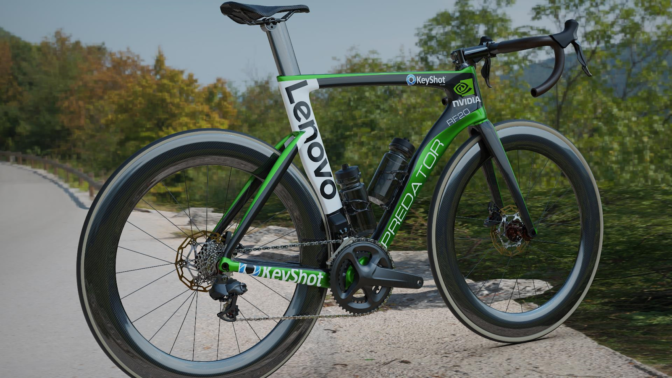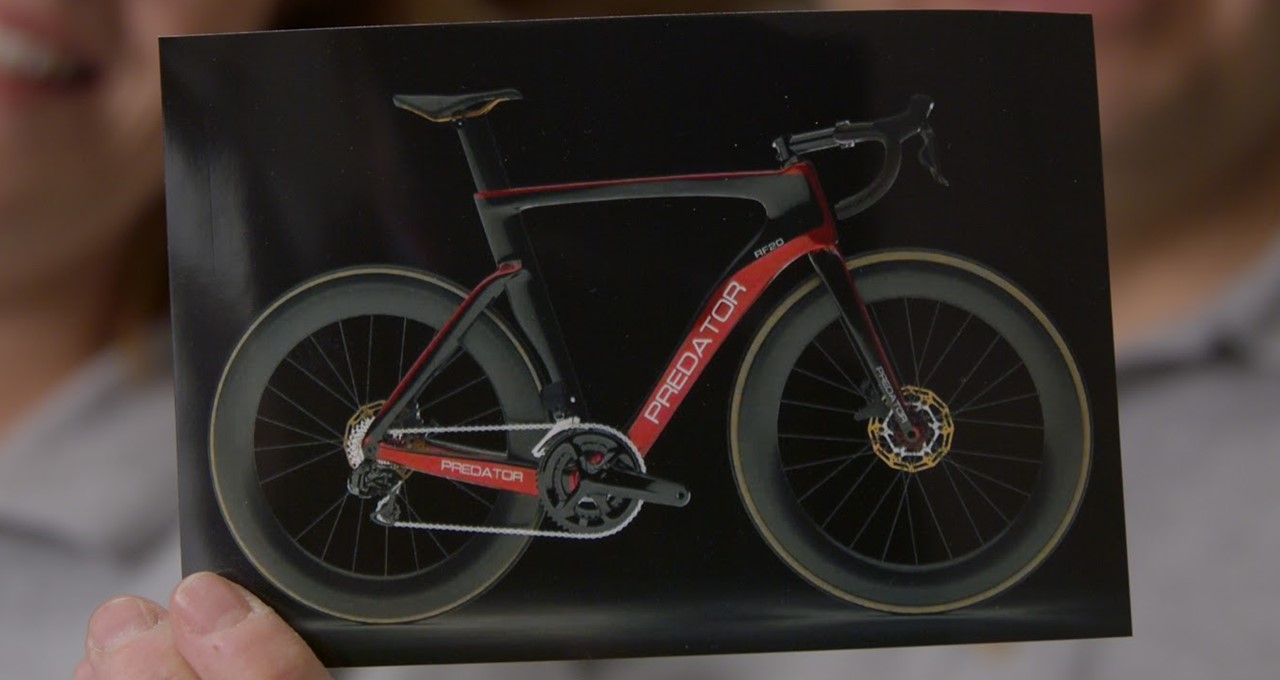The world of bicycle racing has changed. Aggressive cyclists expect their bikes to meet their every need, no matter how detailed and precise. And meeting these needs requires an entirely new approach.
Predator Cycling engineers and manufactures high-end custom-built carbon fiber bicycles that have garnered praise from championship cyclists around the world. For the past 15 years, the Predator team has designed every aspect of their frames and conducted intensive engineering simulation, rendering and manufacturing processes in-house.
“I had been following Predator for over a decade, and knew there was only one guy, Aram, who could take my raw idea, refine it, and turn it into a finished product worthy of use on track cycling’s biggest stage,” said Olympic cyclist Bobby Lea.
Recently, Predator Cycling worked on its most innovative project to date — the new RF20 frame. With increasing costs of materials and the complexity of production requirements, the RF20 spent extended time in research and development.
To bring the RF20 to market at a competitive price and minimize the build time of each bicycle, Predator Cycling knew it needed to maximize performance and efficiency. The team found the exact solution it needed with the Lenovo ThinkStation P620, powered by the NVIDIA RTX A6000 GPU.
The RTX A6000 enables Predator Cycling to process more complex models, and render and run engineering simulations in real time. With the ThinkStation P620, the team can easily handle real-time computing and multitasking, allowing them to accelerate production workflows.
RTX Hammers to the Front in Every Stage
Since using the RTX A6000-powered ThinkStation P620, Predator Cycling has streamlined their manufacturing processes significantly. This allowed them to speed up production workflows and bring the RF20 frame out of R&D and get it out on the road. Overall, the company estimates it has shrunk its go-to-market timelines by 12-16 weeks.
“The NVIDIA RTX A6000 GPU and ThinkStation P620 deliver cutting-edge performance and speed to accelerate design processes and production times,” said Aram Goganian, co-founder of Predator Cycling. “We’re able to do complex wind drag simulations, mechanical and structural testing, and topology optimizations with AI in near real time, enabling us to show customers design changes with minimal delay.”
And it’s not just projects like the RF20 frame that have been significantly accelerated — Predator Cycling’s relationships and interactions with customers have also been enhanced.
Each of Predator Cycling’s bikes is custom-built, so customers need real-life representations to help them select the components and finishes they want. Previously, this meant building physical prototypes that took months to complete.
Now, the powerful RTX A6000 has allowed the Predator team to provide customers with realistic bike renders long before they create physical prototypes. Clients can provide instant feedback on the photorealistic renders, which allows Predator Cycling to skip continuous iteration cycles and go from prototyping to testing fast.

Predator Cycling has also notably improved internal workflows when it comes to running simulations, and they’ve seen performance gains of 2-6x across a number of applications such as Luxion KeyShot, ANSYS Discovery, ANSYS Fluent and Autodesk Fusion 360.
Learn more about Predator Cycling.
